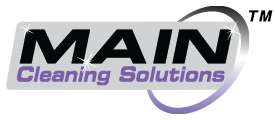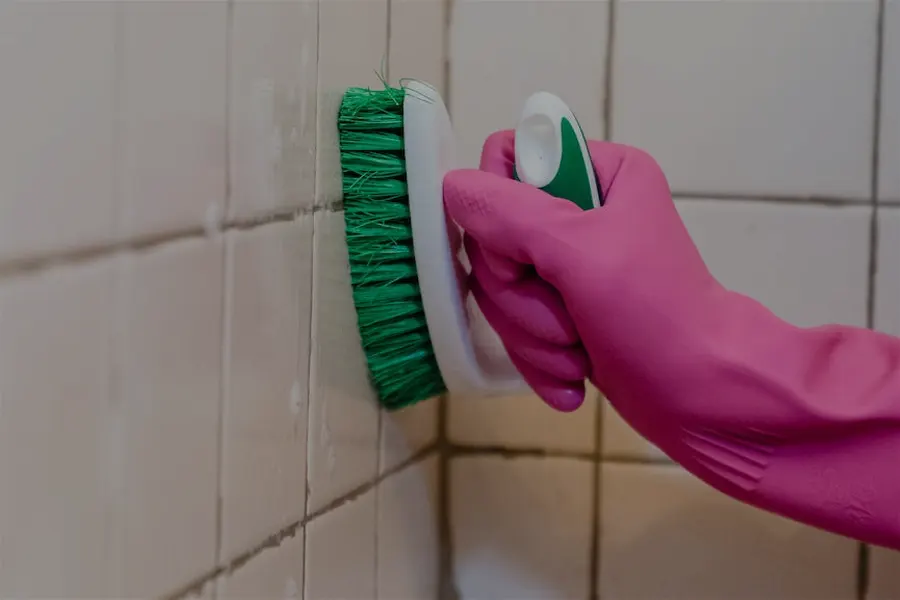If you’re a Florida homeowner, there’s something you need to know: Dirty tile can present serious health hazards for your family. Cleanliness is obviously important because it ensures that everyone living in the house stays healthy and sanitary – but have you ever stopped to consider what might be lurking beneath those dusty surfaces? All too often, we give little thought to the potential dangers of not properly cleaning our tiled floors and other surfaces in our homes. This blog post explores some of the most common health hazards from dirty tiles and how best to protect yourself and your loved ones from them.
What Are The Health Hazards of Dirty Tile Floors
Dirty tile floors can pose significant health hazards to those who live within them. The build-up of mold, mildew, dirt, and dust in even the smallest of cracks can create an environment that may become extremely hazardous to your health. Dirt and dust contain bacteria and microorganisms which when disturbed can cause respiratory issues such as asthma or other allergies, as well as skin irritation or infection. Additionally, the trapped contaminants may also cause mold or mildew which could lead to serious illnesses like histoplasmosis if inhalation is involved. Regular cleaning with appropriate chemicals and treatment will help reduce these potential hazards, so it is important to keep your tiles clean on a regular basis for the best possible health outcomes.
How to Know When Your Tile Floors Are Too Dirty
Are your tile floors clean enough or are they in need of a deep cleaning? It can be tricky to tell, especially when cats and other pets make it their mission to spread dirt throughout your home! If you find your tile looks dull and darkened with lots of small specs, it’s likely that these impurities have built up over time and need to be removed. Strange odors may also indicate there is a buildup on the floor that needs to be addressed. Fortunately, there are simple workflows that can help you feel confident the job is being done safely and efficiently. Learn more about how to prevent mold.
Tips for Keeping Your Tile Floors Clean and Healthy
Keeping your tile floors clean and healthy can be a challenge, especially if you have pets. Fortunately, there are several steps you can take to ensure that your tile floors stay in tip-top shape. One of the best ways to keep your tile surfaces clean and healthy is to vacuum or sweep them on a regular basis. This helps remove dirt, dust, and pet dander that can build up over time and cause health hazards. Additionally, wiping down the tile with a damp cloth or mop will help pick up any dirt or debris that may have been left behind. To really turn up the shine on your tiles, you could use a cleaning product specially designed for grout lines – this can make all the difference in preventing future health issues!
Benefits of Professional Tile Cleaning Services
Professional tile cleaning services can provide considerable health benefits due to the regular removal of hazardous materials that may build up over time. With regular maintenance, dirt, mold, and bacteria can be adequately scrubbed away ensuring a safe home environment. Not only do professional cleaners use specific tools and products to eradicate potential threats from tiles, but they also have
access to advanced techniques and technologies to make your tile look new again. Investing in regular professional services is a smart decision for any homeowner looking to increase the aesthetics of their home while also protecting their families from potential health hazards.
Common Ingredients Found in DIY Tile Cleaners
When researching tile cleaning products, experts agree that there are certain ingredients to include in a safe and effective DIY tile cleaner. Common chemical components of these cleaners include baking soda, vinegar, liquid soap, hydrogen peroxide, lemon juice, and tea tree oil. Baking soda is used for its deodorizing properties as well as its ability to polish certain materials. Vinegar’s acidity is well-suited for penetrating grease and grime buildup. Liquid soap acts as a surfactant that traps dirt particles before they can get reattached to surfaces. Hydrogen peroxide also helps in removing bacteria while Lemon juice contains citric acid which cuts through grease and grime buildup. Tea tree oil is also used because it has natural antiseptic and antibacterial properties that can combat mold and mildew growth on tile surfaces. Each of these ingredients has unique properties that work together to make efficient DIY tile cleaners with minimal risk of health hazards.
Steps for Effective Tile Cleaning and Disinfection
Cleaning and disinfecting tiles is an essential part of ensuring healthy and safe living conditions. The process can be lengthy, but the investment is worth it! Begin by sweeping or vacuuming the entire tiled surface to remove both visible dirt and dust. Then move on to scrubbing it down with a mop, sponge, or cloth dampened in warm water combined with any suitable tile cleaner. After wiping up any excess moisture and detergent residue, apply a disinfectant to kill any remaining germs. Wait for the product to dry before going over it one last time using a dry cloth. By following these steps, you can help limit the risk of health hazards caused by dirty tiles!
All in all, it’s important to understand the potential health hazards of dirty tile floors and to take preventative steps to ensure they are clean. Always check your flooring regularly and take simple steps regularly like vacuuming, sweeping or mopping to keep things clean. Finally, if your floors have become too dirty, consider hiring a professional tile cleaning service – with their experience and knowledge of the right ingredients and techniques, they can provide fast and effective results that make sure your flooring is safe and healthy. You’ll also feel comfortable knowing you took the proper precautions to maintain a cleaner home.






Leave A Comment